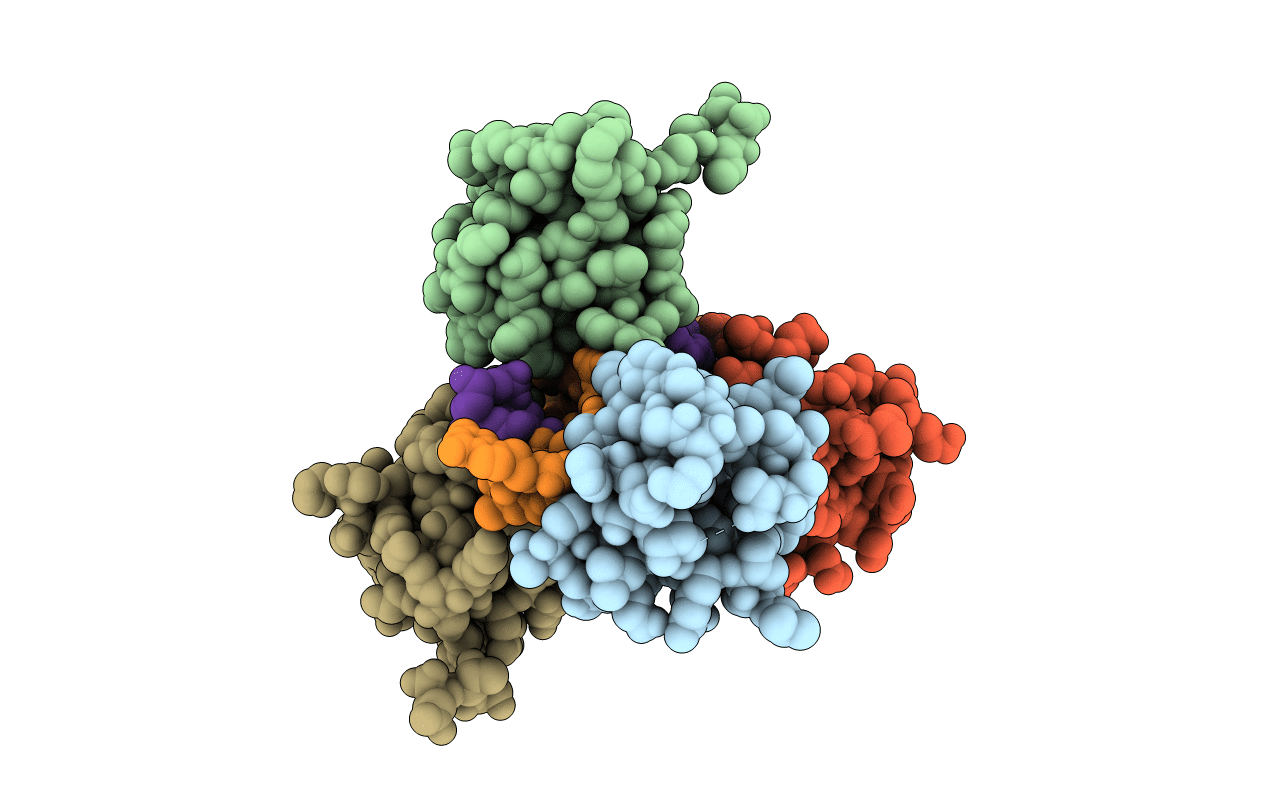
Deposition Date
2005-07-19
Release Date
2005-10-25
Last Version Date
2024-03-13
Entry Detail
PDB ID:
2ACJ
Keywords:
Title:
Crystal structure of the B/Z junction containing DNA bound to Z-DNA binding proteins
Biological Source:
Source Organism:
Homo sapiens (Taxon ID: 9606)
Host Organism:
Method Details:
Experimental Method:
Resolution:
2.60 Å
R-Value Free:
0.28
R-Value Work:
0.23
R-Value Observed:
0.24
Space Group:
P 61


